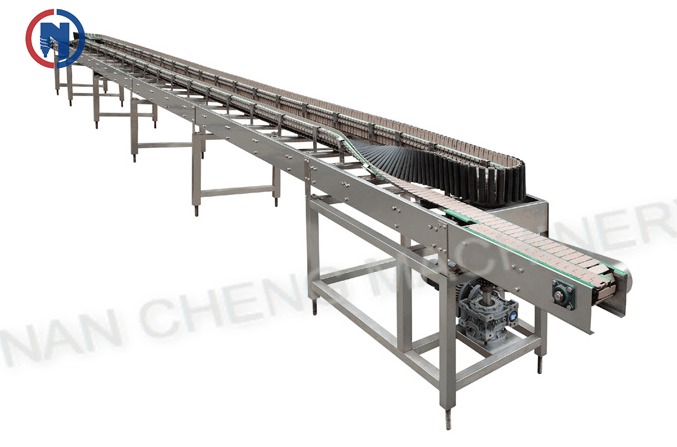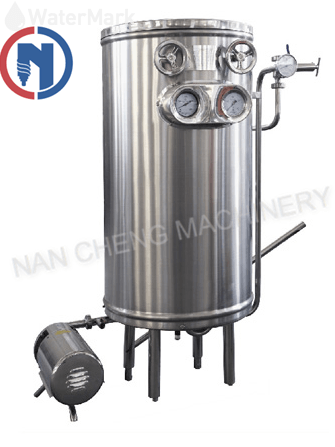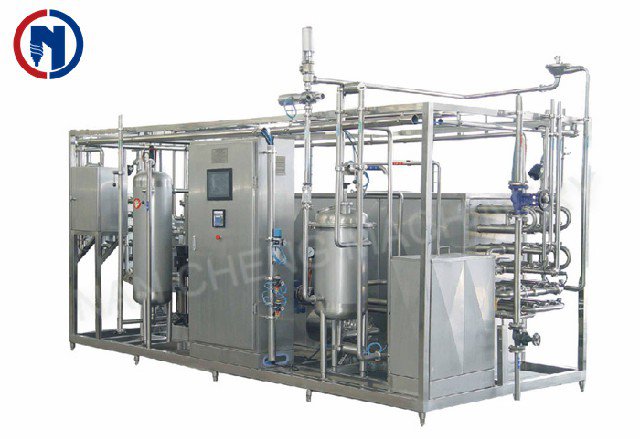Call us : +86-13601566060
+86-13921994358
Send us an Email : peter@chinancjx.com
Visit Us : 9 Tongxin Road, Leyu town, Zhangjiagang City, Jiangsu Province, China
![]() WhatsApp: +86-13921994358, +86-13601566060
WhatsApp: +86-13921994358, +86-13601566060
Sterilization refers to any process that removes, kills, or deactivates all forms of life (in particular referring to microorganisms such as fungi, bacteria, spores, unicellular eukaryotic organisms such as Plasmodium, etc.) and other biological agents like prions present in a specific surface, object or fluid, for example food or biological culture media. Sterilization can be achieved through various means, including heat, chemicals, irradiation, high pressure, and filtration. After sterilization, an object is referred to as being sterile or aseptic.
How sterilization is used in foods and drinks
One of the first steps toward modernized sterilization was made by Nicolas Appert who discovered that thorough application of heat over a suitable period slowed the decay of foods and various liquids, preserving them for safe consumption for a longer time than was typical. Canning of foods is an extension of the same principle and has helped to reduce food borne illness ("food poisoning"). Other methods of sterilizing foods include food irradiation and high pressure.
One process by which food is sterilized is heat treatment. Heat treatment ceases bacterial and enzyme activity which then leads to decreasing the chances of low quality foods while maintaining the life of non-perishable foods.
One specific type of heat treatment used is UHT (Ultra-High Temperature) sterilization. This type of heat treatment focuses on sterilization over 100 degrees Celsius. Two types of UHT sterilization are moist and dry heat sterilization. During moist heat sterilization, the temperatures that are used vary from 110 to 130 degrees Celsius. Moist heat sterilization takes between 20 and 40 minutes, the time being shorter the higher the temperature.
The use of dry heat sterilization uses longer times of susceptibility that may last up to 2 hours and that use much higher temperatures compared to moist heat sterilization. These temperatures may range from 160 to 180 degrees Celsius.
What we can provide to you
1. NC-series Beverage Inverted Sterilizer /Reverse Bottle Sterilization
The bottle inverted sterilizer is mainly used to sterilize the unsterilized or high-temperature treatment parts of the mouth and inner wall of the bottle cap after hot filling of juice, tea and other beverages packed in PET polyester bottles.The machine is mainly composed of transfer chain system, bottle reversing chain system, frame, bottle reversing guide rod, etc.The machine can automatically turn over sterilization and self-reset. In the sterilization process, only the bottle mouth and the inner wall of the bottle cap are sterilized by the high temperature of the bottle memory, without adding any heat source to achieve the purpose of energy saving.The fuselage is made of SUA304 material, beautiful and easy to use.

2. NC-series Juice /tea UHT instantaneous Sterilizer
The machine is mainly used for sterilization of fresh milk, fruit juice, wine, soybean milk, Traditional Chinese medicine and other liquid materials.At present, there are two specifications of manual control and temperature control.If matched with high pressure homogenizer can also be used for high viscosity liquid (sweet condensed milk, etc.), is an ideal sterilization equipment.

3. NC-series Juice /tea Plate UHT Sterilizer
Mainly used in juice, tea drinks, fresh milk, wine and other heat-sensitive liquid sterilization, heat preservation, cooling, sterilization temperature in 85℃-135℃.

If you are looking for a reliable sterilization system merchandise, Nancheng is a good choice for you. Feel free to contact us!
By continuing to use the site you agree to our privacy policy Terms and Conditions.